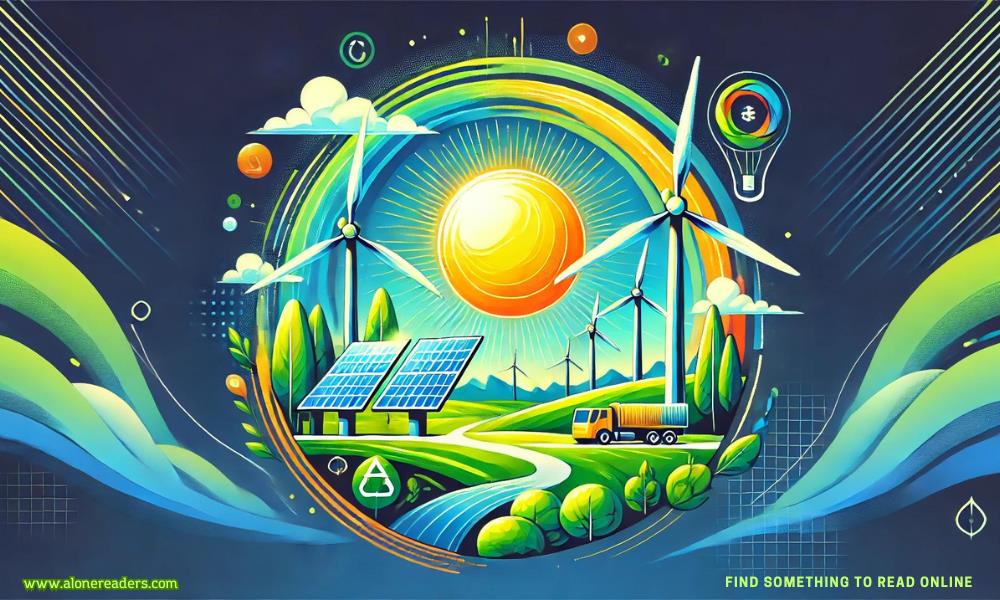
Renewable energy has rapidly evolved from a niche market to a cornerstone of the global energy landscape. Recent advancements in solar, wind, and other renewable energy sources have significantly accelerated this transition, offering promising solutions to mitigate climate change and reduce our reliance on fossil fuels. This article delves into the latest milestones in renewable energy, highlighting groundbreaking innovations and their potential impact on our future.
Solar energy has seen remarkable progress in recent years, primarily driven by technological advancements and decreasing costs. One of the most significant breakthroughs is the development of perovskite solar cells. These cells promise higher efficiency and lower production costs compared to traditional silicon-based cells. Researchers have achieved efficiency rates exceeding 25%, and ongoing studies aim to enhance stability and longevity, making perovskite solar cells a viable competitor in the solar market.
Additionally, bifacial solar panels, which can capture sunlight from both sides, have gained traction. This innovation boosts energy output by up to 30% compared to conventional panels, making solar power even more efficient and cost-effective. Furthermore, floating solar farms are emerging as a practical solution for regions with limited land availability. These installations, set up on reservoirs and other bodies of water, not only generate clean energy but also reduce water evaporation and improve water quality.
Wind energy has also made significant strides, particularly in offshore wind farms. Offshore wind turbines benefit from stronger and more consistent winds, leading to higher energy yields. The introduction of floating wind turbines has expanded the potential for wind power generation to deeper waters, where traditional fixed-bottom turbines are not feasible. These floating turbines can be deployed in areas with greater wind resources, significantly boosting overall energy production.
Another noteworthy advancement is the use of larger wind turbine blades. Modern turbines feature blades exceeding 100 meters in length, capturing more wind and generating more power. Innovations in blade design and materials have also improved durability and efficiency, reducing maintenance costs and extending the lifespan of wind turbines.
Beyond solar and wind, other renewable energy sources are experiencing breakthroughs that enhance their viability and appeal. Hydropower, for instance, is evolving with the development of small-scale and low-impact hydro technologies. These innovations enable the harnessing of energy from smaller streams and rivers without the need for large dams, minimizing environmental disruption.
Geothermal energy is another area witnessing significant progress. Enhanced geothermal systems (EGS) involve drilling deep into the earth to access high-temperature resources, even in regions without natural geothermal activity. This technology has the potential to provide a consistent and reliable energy source, significantly expanding the geographic range of geothermal power generation.
Moreover, advances in energy storage are crucial for the widespread adoption of renewable energy. Battery technologies, such as lithium-ion and emerging solid-state batteries, are becoming more efficient and affordable, addressing the intermittent nature of solar and wind power. Large-scale energy storage solutions, including pumped hydro storage and advanced flywheels, are also being developed to store excess energy and release it when demand is high.
The integration of artificial intelligence (AI) and machine learning in renewable energy systems is another exciting development. These technologies optimize energy production and distribution by predicting weather patterns, managing energy loads, and enhancing grid stability. AI-driven solutions ensure that renewable energy sources are utilized more efficiently, reducing waste and improving overall system performance.
Furthermore, policy support and international cooperation are playing vital roles in advancing renewable energy. Governments worldwide are implementing incentives, subsidies, and regulatory frameworks to encourage investment in clean energy technologies. International agreements, such as the Paris Agreement, are fostering collaboration and setting ambitious targets for reducing carbon emissions and increasing renewable energy adoption.
In conclusion, recent breakthroughs in solar, wind, and other renewable energy sources are driving a profound transformation in the global energy landscape. Technological innovations, coupled with supportive policies and international cooperation, are accelerating the transition towards a sustainable and low-carbon future. As these advancements continue to unfold, renewable energy will play an increasingly pivotal role in addressing climate change, enhancing energy security, and promoting economic growth.